Exclusive Interview: Moving-Image Artist Abigail Child
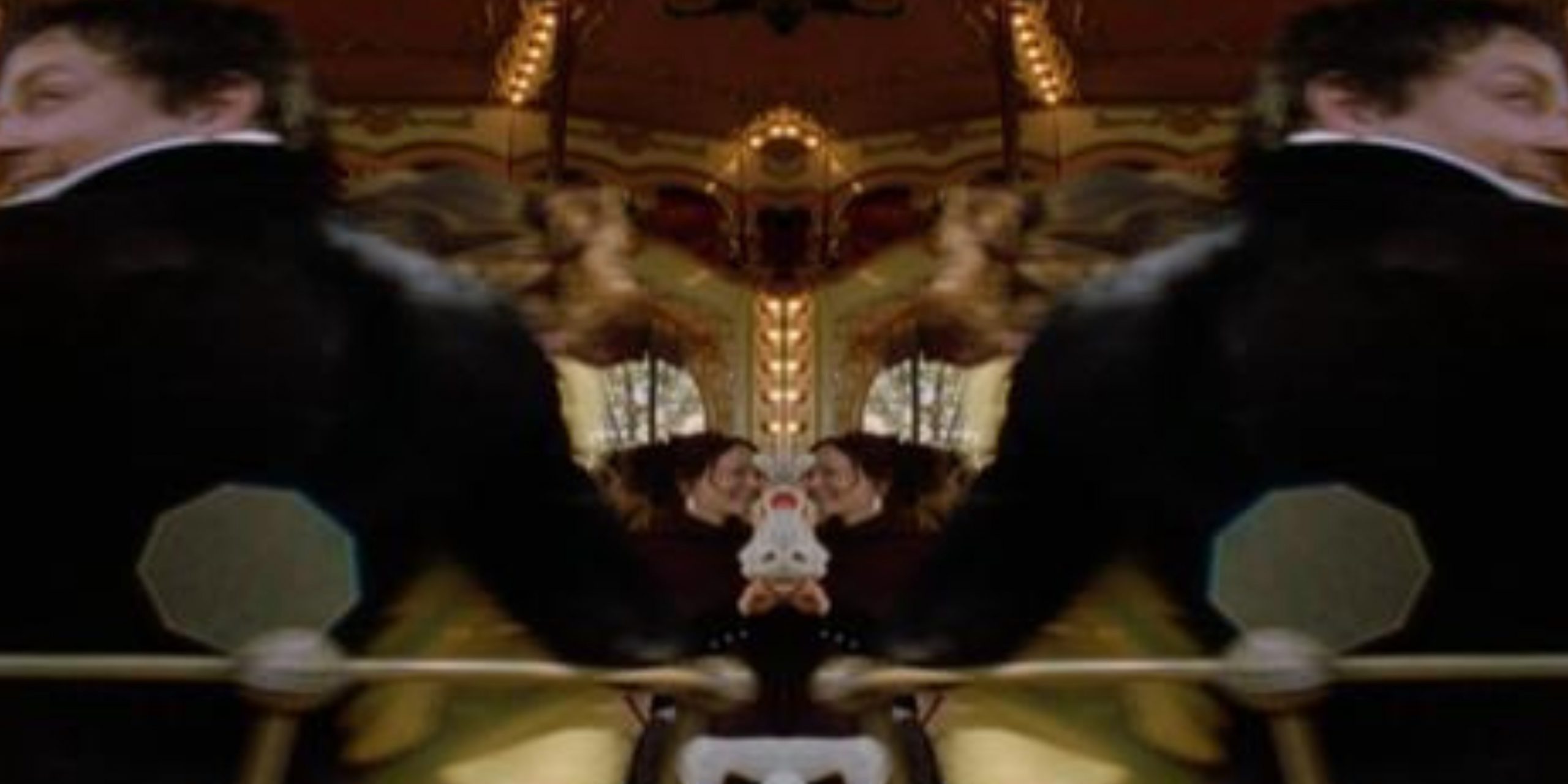
Anthology Film Archives hosts March 24-28, 2023 a long-overdue retrospective of works from moving-image artist, writer, and poet Abigail Child.
A leading figure of the generation of experimental filmmakers that emerged in the late 1970s, Abigail Child has continued to make innovative and challenging work on a wide range of topics for over 50 years. This retrospective offers a rare chance to experience Child’s body of work as a whole. Across the decades, she has explored different mediums and modes, often working with preexisting footage—drawn from Hollywood films, advertisements, home movies, and many other sources—and radically transforming it into social-political analysis. Her moving-image work is unified by unique relationships between sound and image, cinematic montage, audiovisual fragmentation, and the complex mechanisms of language. Child’s films, videos, and installations are an extraordinary cinematic experience. Abigail Child continues to work on innovative film projects with social purpose.
Classic Couple Academy recently sat down with Abigail Child to discuss her career in anticipation of the Anthology Film Archives retrospective of her work.
Classic Couple Academy: Your early work is very much that of a moving image artist. Was experimental film your intention from the beginning? How did you come to it?
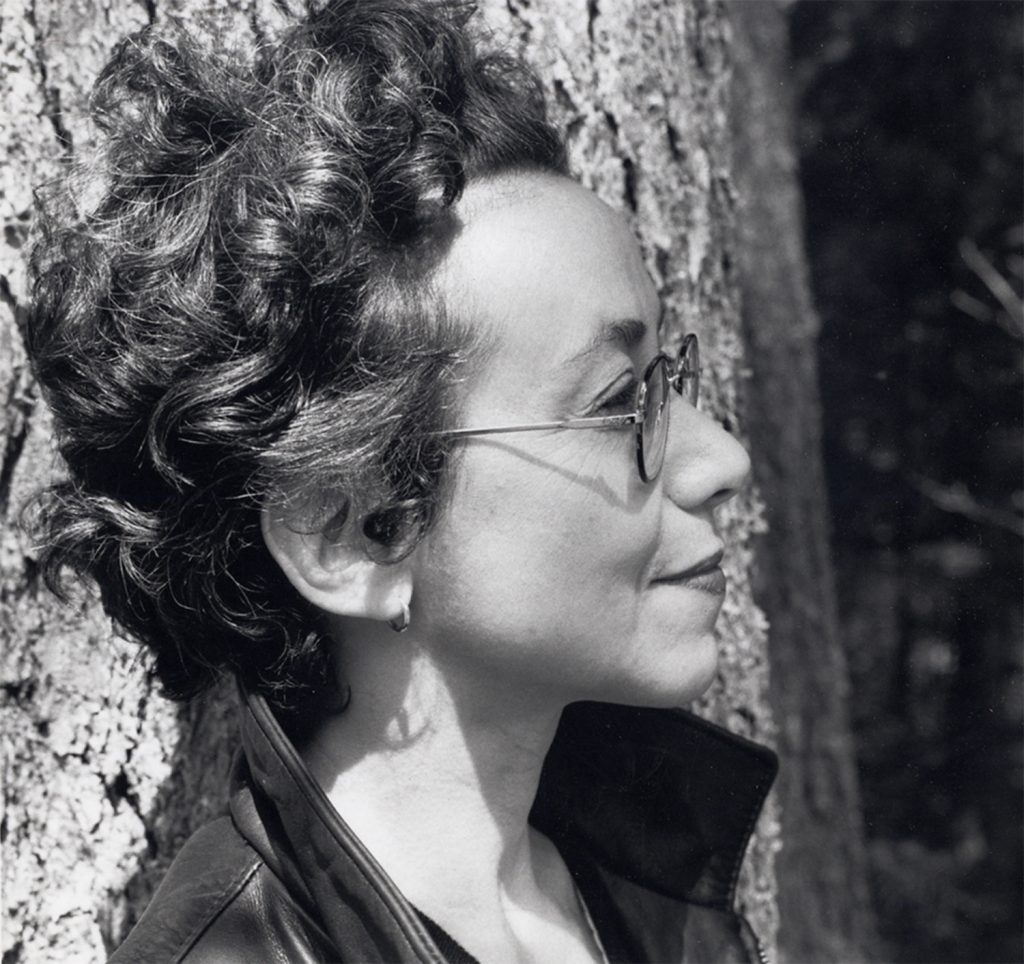
I did photography. I went to art school for graduate school, and I did my first film. It was a kind experimental documentary on the East Village where I was living at the time. As I was working on it, I had this epiphany that film could be my future because it could do everything. It could do music; it could do image. It could do anthropology at the time. Those synthesizing qualities—that was of interest to me, it’s kind of an enlarged world. And I was so lucky because there I found something that I’ve continued to do for 50 years, and I adore it and I’m still challenged by it and have questions and am still exploring.
I’m not an artist who does the exact same thing every time. Although I will say I think I usually do work exploring the margins, whether it’s the margins of culture, the margins of people, the margins of cinema, of genres and how they can be transformed. I realized at a certain point that I was interested in issues and didn’t need to put somebody in front of the camera to discuss the issues—that could I do it just directly. And that set me on a more experimental course.
Classic Couple Academy: As a montage artist, you assemble pieces to create a new whole. How does this way of seeing the world inform how you select the themes for your work? Are they known to you at the outset, or do they emerge?
First, I would say we are all now particularly experiencing the world as montage. We’re all in fragments and our time intervals have gotten tiny. Unfortunately, I think we’re all living with too much information coming in and trying to negotiate it and double playing, listening on the phone and watching something on the computer. So, fragmentation is certainly 20th century, and I think it’s moved into the 21st t century in a digital way even more intensely. Where we’re fragmented, we are montage artists.
I would always tell my students, and I love this fact, that our nerves don’t touch. Acetylcholine is an enzyme that carries the nerve—the plus or minus that the electron carries across to make connections. And I always think it’s just like film. It’s the illusion of continuity. Whereas we’re basically completely discontinuous even how the electrons in our bodies move across our body and to our brain. So that idea of the discontinuous is powerful. We’re living in a non-unified discontinuous world, however much the human mind and heart want it all to be very unified and foundational and one thing and yet it’s very disparate.
Some people have said about my work, which I find very complimentary, is that my work sort of teaches you how to deal with the disparate web. It’s a way of negotiating the world that I see and how can I put it together in a way that makes sense to me when I can sometimes be just overwhelmed by it.
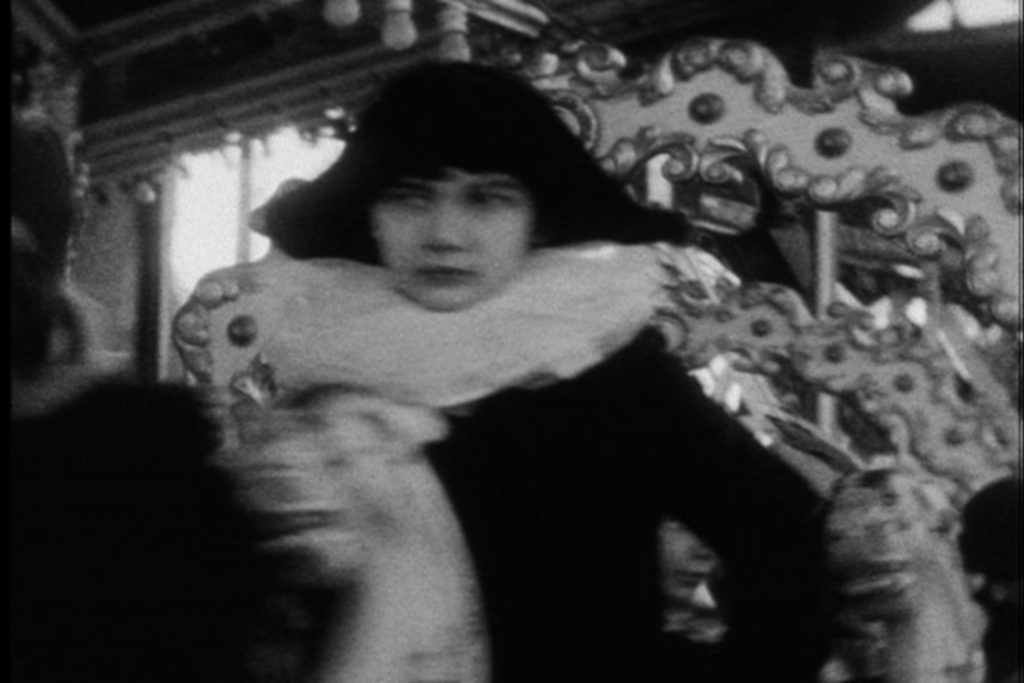
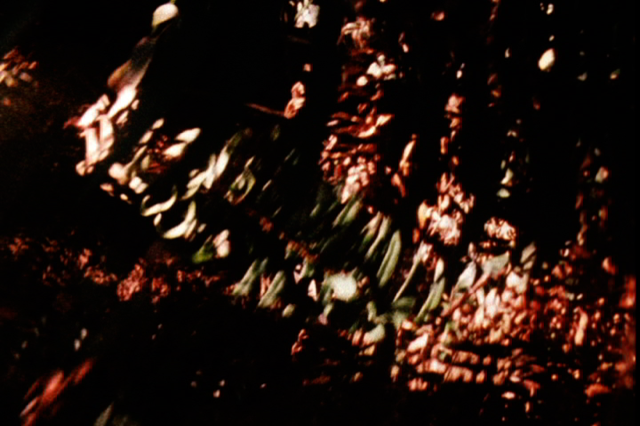
Classic Couple Academy: Your work often transforms archival and historical footage. As you have mined the past and “Old Hollywood,” are there directors from cinema past that you admire?
That’s certainly true with the home movies. I’m really rescuing them. And I remember somebody critiquing me—somebody famous critiquing saying, “How dare you take somebody else’s home movies?” And I looked at him and I said, “But no one would ever see them. They’d be in the garbage.” I’ve rescued these movies. I love that. I’m very interested in people and there was this desire to be an anthropological filmmaker. I feel like I’m an anthropologist of urban life or feminist life—life on the margins in our current culture.
There are tons of films I get influenced by—even films that don’t have anything to do with my work like Hollywood filmmakers from the 30s and 40s I get influenced by. I would not pick a Hitchcock film, to revamp right? I feel like when they’re that perfect, I want to make something new. And although I’ve seen some great work where people take a very famous film and play with it and make something completely new, I have a tendency to take sort of forgotten films to work with or shoot it all myself. Not all films will work for me to open up or reimage—they have to have a certain quality that registers for me.
Classic Couple Academy: What has been your biggest calling as a filmmaker? As a storyteller?
I would say I’m a preservationist, but I actually am also trying to remake history in a way that’s palatable for me. I’m actually building worlds that work for me, and that interruption both reforms things and also reflects a reality. I think we all want that unification and everything progressing straightforward, but it’s not how life is. And I guess I’m interested in that vibrancy and my own walking around or away or outside boundaries. So, for me interruption or margins might be what’s important in my world. My geographic structure, my time and space structure might be margins, borders, and interruption.

Classic Couple Academy: Do you have that one elusive project? The one you still dream of?
I do. I always feel like I haven’t done my greatest work.
But the one that’s gotten away because I was thinking about it a lot about a decade ago was I wanted to make a room of film. One where you could walk in and birds would fly up. In a way, it’s crazy. It’s maybe too representational, and it’s also awkward. But it was this dream that you could walk into a room in the whole room would come alive.
Classic Couple Academy: Anything you would do over if you had the chance?
With film, you can almost always re-edit it. And I’m such an editor. There is an early film I remember looking at and thinking, Abby, you were so insistent that a certain kind of shot wouldn’t go in the film. Why?
A friend of mine looked at outtakes from Mayhem and said, “Why wasn’t that in Mayhem?” I would make decisions based on a certain film and later think where were you on that?
Sometimes I think when I’m really flying, it’s coming from outside me. It’s not a conscious decision. It’s like the world is giving you ideas. I sometimes tell my students there’s always ideas flying by you. You just have to be in place and attentive to grab them and pull them down and use them. Things fall together and you don’t even know how you did it. It was sort of the powers around you at that time.
Classic Couple Academy: What would you like audiences to take away from experiencing this retrospective of your work?
First, I’d love people to come. Some of these films have been shown a lot; most of them have not. They’ve been shown once in New York, and then they tour Europe, or they tour the US or they’re shown in colleges or museums, but they don’t get popular dissemination. I’d love people to come and enjoy.
And I guess second is to see that they’re beautiful and funny. Somebody wrote about my work that under the playfulness, there’s real content. Whether I’m talking about genres that play against women and I’m trying to turn them or narrative films that feature women and I’ve pushed them around in a way that lets you see what the images are really saying.
I feel that we need to be readers of image, and I hope my films help people read and understand images more than the way TV throws the madness or even the wonderful narratives that get made. I would like audiences to get out of it the playful wit and that unlocking of the prisoner of the image. That you free yourself from image control. We live in such a world of image that tells us how we walk how we dress, how we wear our hair, who we love.
So how can you be a human being in the world and reread images in a way that gives you some liberation? I think that’s really what I want them to do. That’s what I tried to do.
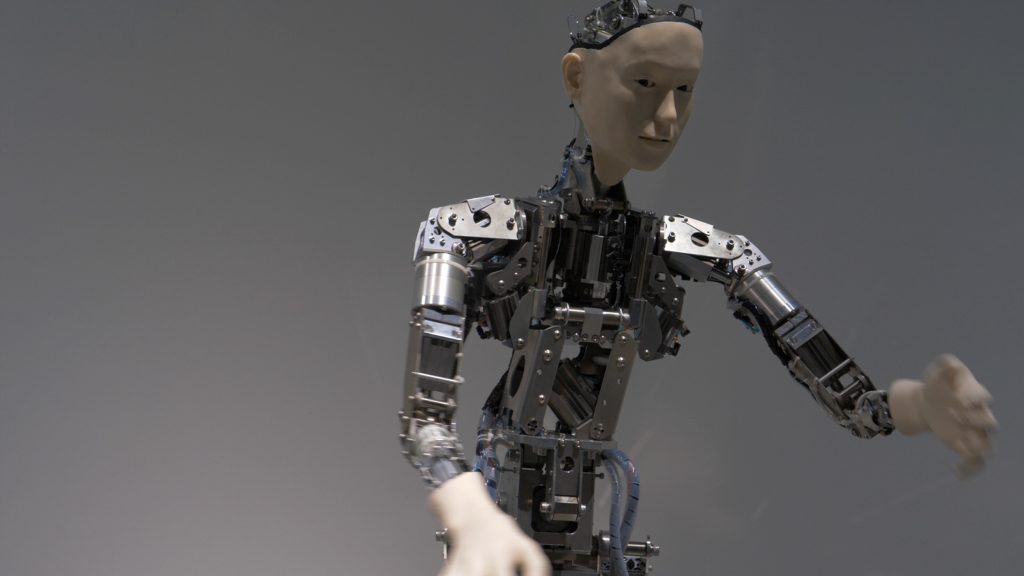
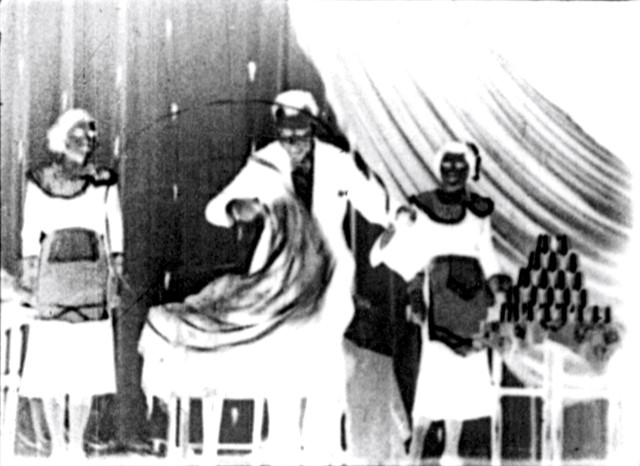
Classic Couple Academy Recommends
Film Screenings / Programs / Retrospectives
ABIGAIL CHILD
March 24 – March 28, 2023
New York’s Anthology Film Archives
The seven-part retrospective is organized as:
- ABIGAIL CHILD PROGRAM 1: IS THIS WHAT YOU WERE BORN FOR? featuring the series from 1981-1989 The films don’t form a single line, or even an expanding line, but rather map a series of concerns in relation to mind, to how one processes material, how it gets investigated, how it gets cut apart, how something else (inevitably) comes up.” –Abigail Child
- ABIGAIL CHILD PROGRAM 2: EARLY FILMS early work from 1977-1979
- ABIGAIL CHILD PROGRAM 3: FACING REALITY with three films from 1972, 1982 and 1996, including B-Side
- ABIGAIL CHILD PROGRAM 4: FOREIGN FILM SERIES with work from 2015-2014
- ABIGAIL CHILD PROGRAM 5: THE SUBURBAN TRILOGY with work form 2004-2011 A feature-length project about girlhood and the immigrant dream, focusing on post-WWII North American suburbs as well as Europe between the wars, the “Suburban Trilogy” views these worlds critically through the lens of gender, property, and myths of nation.
- ABIGAIL CHILD PROGRAM 6: UNBOUND UNBOUND: SCENES FROM THE LIFE OF MARY SHELLEY 2013, 70 min, digital. Music by Zeena Parkins. UNBOUND transforms and explodes the idea of documentary and biography.
- ABIGAIL CHILD PROGRAM 7: ACTS & INTERMISSIONS An hour-long collage essay, charging the discussion with Child’s enlightened aesthetic of poetry, the archive, and experimental montage. As the Most Dangerous Woman Alive, Emma Goldman’s life is seen as an ongoing negotiation of revolutionary purity and personal freedom, a complexity that Child mirrors in her own formal strategies.
